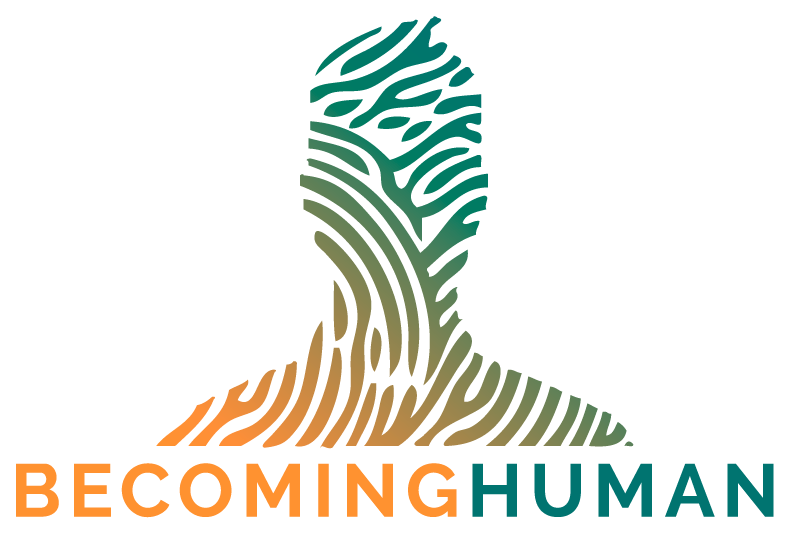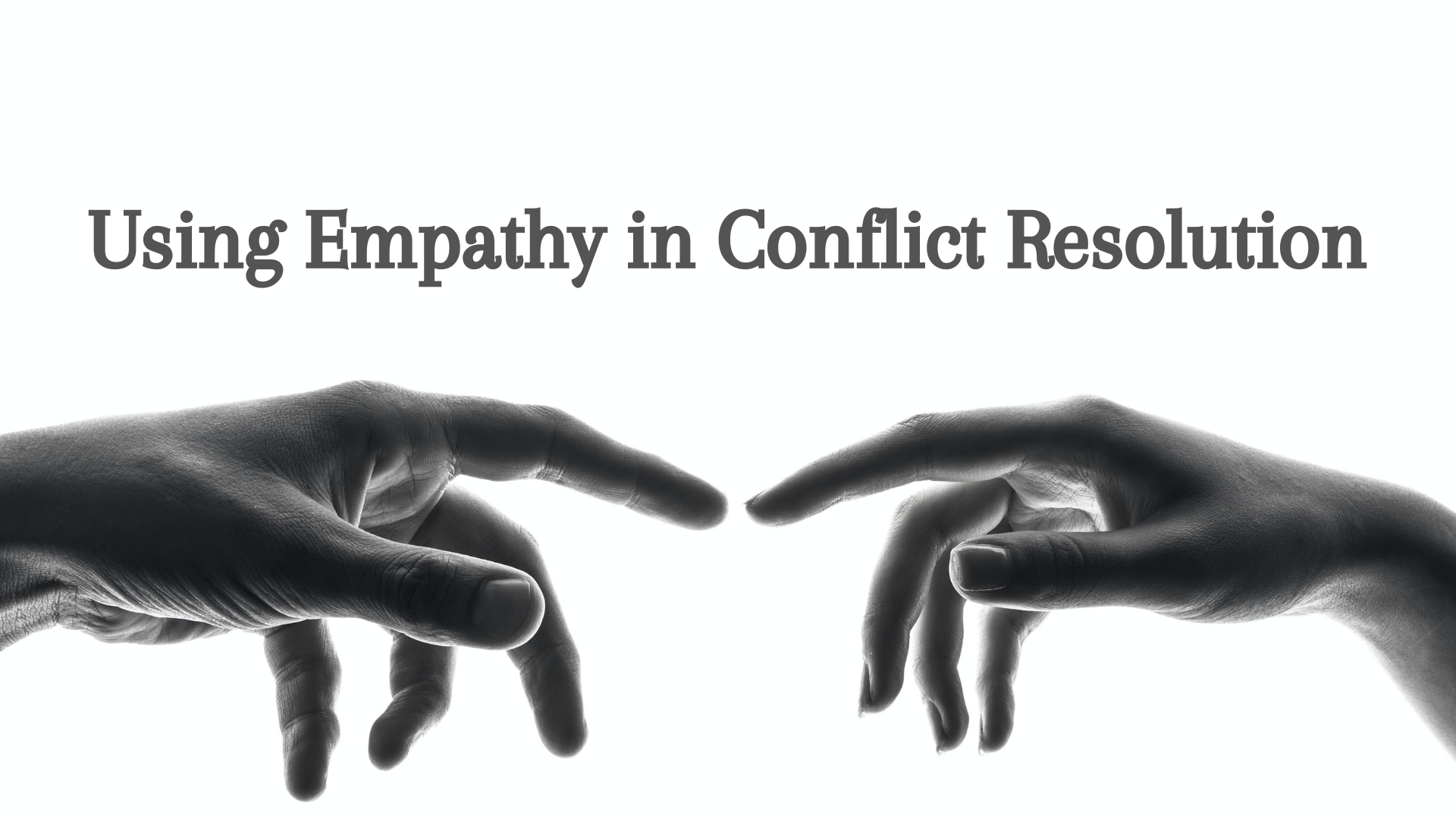Tradition Or Progress?
/A suggestion for roots, growth, and moving forward.
Introduction
If there is nothing else to be gleaned from the Austrian-American composer Arnold Schoenberg, at least we have a lesson in how to approach progress. Schoenberg’s name is often associated with the theoretical concept within music called atonality and the expressionist movement of the 20th century. However, we ought not to miss the very human lesson of his work; one in which we all must decide how we will proceed.
The inherent subtlety of human existence is that we are moving. Change is inevitable. It’s impossible to be static. One can, therefore, change poorly — akin to blocking the flowing water that is life to become a stagnant swamp — but one cannot hold on to what was because that is constantly an act of effervescent vanishing.
Yet, all movement is an adventure to the unknown. It’s as if we walk, but we walk toward a blinding sun, obstructing our view of the path before us. How, then, do we properly move in our lives and in the world?
Our culture has offered a rigid dichotomy of options most obvious in the language of conservative and progressive dispositions. One must either hold to the old or swear by the new. Such a dichotomy should not be so.
Part One — The Two Options?
What should our relationship be to the past? Or, alternatively stated, how do you approach tradition?
The conservative bend — which, yes, deals with politics but is also an existential lens — is that tradition is not only useful but, in fact, mandatory and must be maintained. In this approach, tradition is elevated as a standard. For good reason, too. What has been is known. It is competent data with known qualifiers. However, when isolated as a singular method, it becomes static and adherence quickly diminishes to reverence. The stagnant swamp blockading inevitable movement.
On the other end of the dichotomy, there is the untainted allegiance to progress — a glorification of all that is new. Tradition is an obstacle. Whatever has been is automatically rejected because it is known. Hope only comes from the future. The way it was ain’t the way it is or will be. Therefore, tradition will only hold us back. At best, tradition keeps good things from happening. At worst, tradition will ruin us.
I can’t help but sense a bit of superiority by both of these dispositions. Of course, such is the human way — to assume that something different is an antagonist toward our good and it is a result of inchoate incoherency. Why should we let those inferior beings of the past, so lacking in our obvious enlightenment, determine what is good and right and true? As Doug Stanhope’s popular quote expresses, “Tradition and heritage are all dead people’s baggage, stop carrying it. Move forward.”
Both ends make a claim, however. The veneer of progress has blinded the ignorance of those who assume they know what is best. The fragile art of standing on your own shoulders. But the traditional bend is just as suspicious. Those clamoring for progress are not to be trusted. Anyone who is our contemporary surely cannot have the credibility and gravitas to do something they claim is so good.
One group cannot come to trust the past. The other, the present.
Ah, but what if they’re both right? Or, better yet, what if the dichotomy is not so necessary? If we are going to move, yet toward the blinding light of the unknown, should not both perspectives be used by necessity?
Our going is bound to happen, but to know where you are going, you have to know where you have been.
How, then, should we approach tradition? What is the relationship between looking backward and moving forward? If one is not better than the other — in fact if only doing one by itself is futile — what is the collaborative movement of tradition and progress?
Roots and growth. Both are necessary. Thus, spoke Arnold Schoenberg.
Part Two — Where Do Music Babies Come From?
Movement is inevitable. Change is permanent. So, new it must be, right? This is not so simple. A better question might be, “Is it possible to do anything new?”
Schoenberg was one of the first composers to utilize the groundbreaking theory of atonality. In the breadth of classical music that dominated the totality of compositions throughout history, atonality was a vast departure from expectation.
Atonality is based on rejecting traditional harmonies and, instead, arranging music to sound intentionally discordant. It’s a bit unnerving to listen to, full of dissonance and unresolved sounds that our ears have been trained to dislike. We expect a balancing consonant sound when discordant notes arrive. In most Western music, there are twelve notes that make up a musical range. The pleasant sound we are used to comes from the grouping of particular notes together called keys; which is done because those notes generally flow well together. Atonality, in contrast, uses all twelve notes and, therefore, sounds quite unpleasant. When Schoenberg first performed atonality, it was seen as a vast departure from the known world of music. Groundbreaking. Critics lauded his innovation and dismissed him as a heretic all at once. And if you take a listen, you will either be put off immediately or will glimmer with eccentric approval. You will, however, find it quite disorienting to listen to.
Music history and theory aside, where did atonality come from? Not logistically, but how did it come to be a thing? It would be easy to assume that Arnold Schoenberg was doing a new, revolutionary thing; rejecting the past to innovate something unfounded. But did atonality come out of nowhere?
In short, no.
A staple of any form of art is that one must know the rules in order to break them. There must be some relationship to the past. Schoenberg, in fact, was classically trained. As it goes, any apparently new genre of music is based on — possibly, we could say, dependent on — the genres of music that came before.
New is not random. Whatever is new is based on a progression that has led to the new thing’s existence. It derives from something that now appears old. A new human being, for example, exists only as an extension of the human beings that brought forth their life. New is simply the continuation of what came before. This does not imply a moral value to those things that came before — it does, however, imply that nothing is actually new.
Everything is a continuation of what came before it.
Even the strange, eccentric, haunting music of atonality.
There is a common algorithm whenever a famous musician or composer is interviewed. One of the questions bound to emerge is, “Who influenced you?” or, “Who inspired you?” When someone is doing something apparently new, we want to know where it came from. So, it is often asked, “What led to this?”
We seem to understand, especially with music, that a current version of something can be traced back because the new is just the evolution and maturation of what has been. Even forms of music that are a bit unconventional result from the same strain and are connected to what came before.
Movement may be at its best when it honors this reality. When you use the totality of what came before, it allows the continued progression to extend in the best way possible.
Consider the existence of plants. A plant dies, decomposes, and it rots into the ground, eventually becoming soil. At this point, is the plant finished? Well, no. The plant is still there. It certainly does not look the same, but the identity and composition, despite tremendous change, are still present. The following growing season, any new plants will come from that soil; which is created out of the decomposition of old plants. New plants are literally grown through that which came before them. As anyone with gardening experience knows, new plants grow best when rooted in the soil of the strain they are a part of. Planting without the depth and history of that soil is likely to fail, or at least be inefficient and disappointing.
Because everything is a continuation of what came before it.
Everything is based on the previous, even if it is in an altered form.
Continuation is inevitable.
But it’s also important to see the continuation as just that — a continuation.
Part Three — A Fiddling Ode to Tradition
Tradition may be best compared to a map. Throughout history, ordinary people — within the limited timespan of their lives — explored the uncharted territory of human existence. As a result, the map has expanded bit by bit. As we come along, we have access to this map. We also have the responsibility of continuing it.
Tradition, therefore, is a process. Fiddler on the Roof may be the best philosophical treatise on such a concept. You only have the parts of existence that have been handed to you. Yet, the world is constantly changing. A balancing act ensues; of trying to scratch out a tune without breaking our necks.
We, too, are continuing the adventure of traveling to uncharted territory because the destination by our forebearers — though it has determined our current existence — has not yet been achieved. The journey, and therefore tradition, is still alive. We would be ignorant, if not ignoble, to presume that no more traveling is necessary — leaving the vast map of existence untouched and the work of countless travelers discontinued.
We would also be bereft to assume that we are the first to ever embark. The individualism of our culture often leads us to believe that we are undertaking a maiden voyage. However, we are but one speck on the adventure. How arrogant and egocentric to presume that we happen to be doing what no one before us ever has. Like a musician who thinks they’ve discovered the key to musical greatness. No, we come from a long strain.
This approach reveals a particular perspective we tend to have toward history. We believe we are so sophisticated compared to all of those who failed to see what we’ve seen. We look at the science, philosophy, processes, and beliefs of former peoples and proclaim that the past is full of banality, vastly uninformed and incapable of our supposed greatness. Yet, we rarely stop to consider that if we were replicated in their circumstances, there is a good chance we would not have made a fraction of the progress they did. We also fail to recognize that we would not be where we are on the map without them. Wherever we go, we are standing on the shoulders of those who endured what we no longer need to. And others will stand on our shoulders. Those before us did not figure it all out. Neither will we. The strain continues.
We ought to give credence to those who mapped the terrain we are currently traveling. We also might want to consider that we are only going to add a brief blip to the map as history continues. We are not the beginning of the story. Nor are we the end. We need to have a proper sense of proportion.
Therefore, it is imperative — when recognizing how limited our lives are — that we glean and learn from those who have come before us. This is not necessarily to replicate their endeavors, but we ought to use the map of previous explorations because we have not arrived, either. Their offerings are not only valuable, we are literally dependent on where they left off.
Further, we have not finished the journey. And we probably won’t complete the journey, either. The story cannot stop here and the story will best be continued if we heed the wisdom from those before us and leave wisdom for those bound to come after us.
Part Four — The Balance of Tradition and Progress: Roots and Growth
Conservative and progressive. Tradition and movement. They are not dichotomies. Rather, it is a relationship. An existential dance of roots and growth.
The suggestion is simple — we can be people who remember, but who don’t stop traveling; who use history, memory, and the past to guide the present. We cannot take the immense work of those who have gone before us and either let it sit in stagnation or choose to ignore its contributions (even if that means simply knowing what not to do).
The most honorable approach to tradition is to recognize its value, but then to compel it forward to where our forebearers could not go in the limited span of their lives. Longevity is more likely if we have this proper sense of proportion to our meager, frail existence.
After all, the best hope may just be that someone will give credence to the work we do in the limited spans of our lives, as well.
Both bends of human disposition might be on to something. Tradition is useful. Progress and movement are unavoidable and must be done intentionally. Living with such a balance will determine how what we’ve inherited will continue. Only when our feet are firmly rooted in the ground below us can we care about a place with such tenacity so as to see to its future by being connected with its past and, therefore, bring about a better present. Roots and growth are intimately connected.
Remember: You are part of something larger than just you.
Like a well-rooted plant with great immensity for growth — the vitality of the future is dependent on paying attention to the past.
We are traveling toward a bright light of possibility. But we cannot stare into it to see the way. We can only look backward; for the blinding light illuminates the path by which we can now move.
We travelers, walking to the sun, can’t see
Ahead, but looking back the very light
That blinded us shows us the way we came,
Along which blessings now appear, risen
As if from sightlessness to sight, and we,
By blessing brightly lit, keep going toward
That blessed light that yet to us is dark.
Wendell Berry, “Sabbaths 1999, VI”










![Three Reasons We're Lonely - [And Three Responses For Being Less So]](https://images.squarespace-cdn.com/content/v1/5963d280893fc02db1b9a659/1651234022075-7WEKZ2LGDVCR7IM74KE2/Loneliness+3+update+%283%29.png)





























